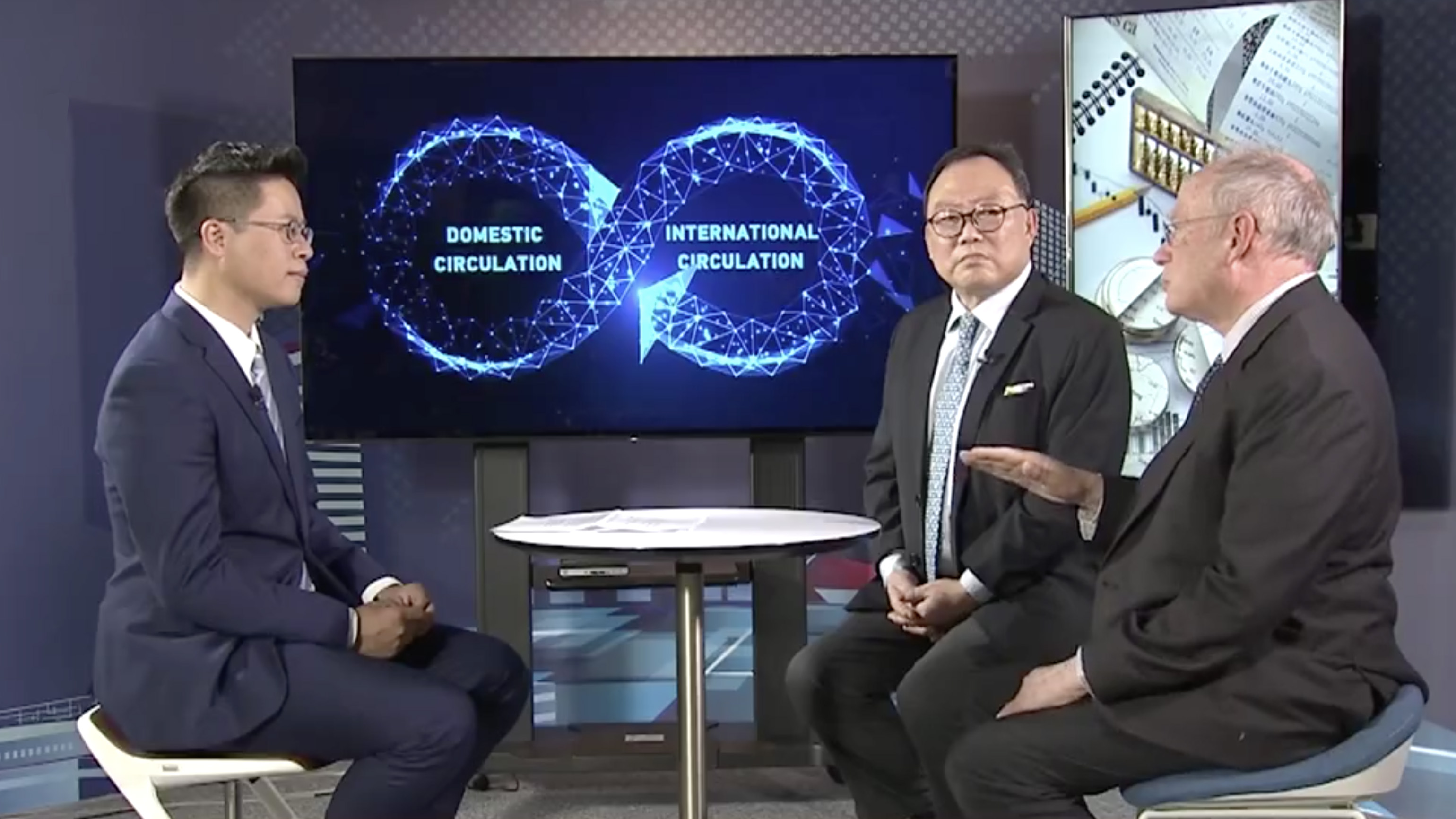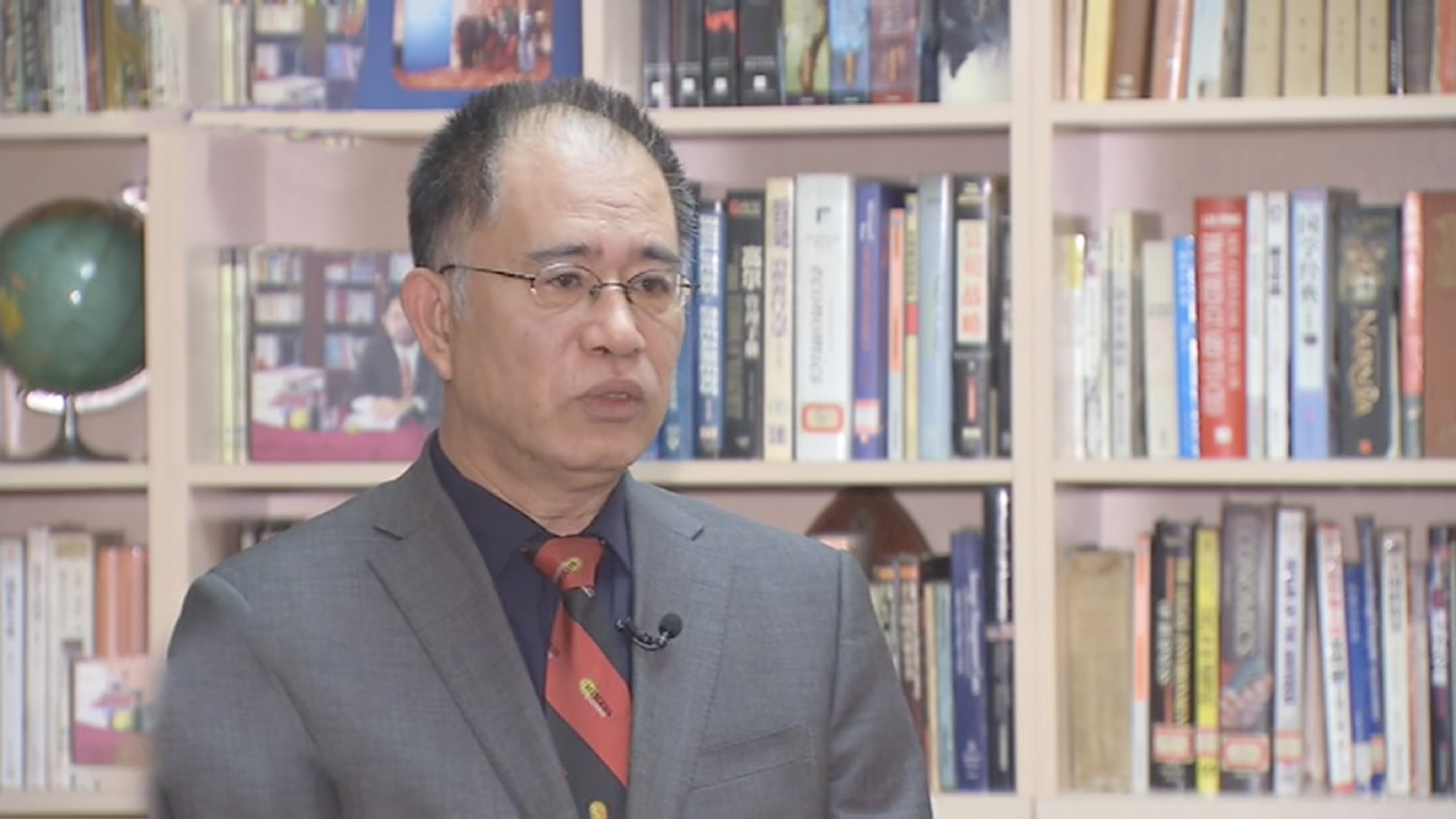With the world in the midst of a global economic crisis triggered by COVID-19, top Chinese officials have worked out the economic roadmap for the coming year during the Central Economic Work Conference held from December 16 to 18 in Beijing.
A stronger domestic market, technology innovation, further opening-up, and green development are among the major tasks set for 2021, a year with added significance as it marks the beginning of China's 14th Five-Year-Plan (2021-2025).
Read more:
Why is this year's Central Economic Work Conference especially vital?
Double development dynamic
In 2021, the country will take a solid first step in building the new development paradigm in which domestic and foreign markets reinforce each other, with the domestic market as the mainstay, said the meeting.
The potential of the domestic market should be fully tapped, the meeting said, calling for the expansion of consumption and effective investment aiming to improve people's livelihood.
China has faced heavy blows from the COVID-19 pandemic this year. In May, to put the economy back on track, the Chinese government put forward the concept of "dual circulation" or "double development dynamic."
Read more: Why is China promoting a 'double development dynamic'?
Under such a strategy, the top officials pledged to maintain supply-side reform while paying attention to demand-side management.
03:04

So, how will the two reforms coordinate with each other? David Blair, vice president of the Center for China and Globalization, told CGTN that increasing people's wages is the key.
That's important for two reasons, said Blair. "One is that because you have increasing wages, people demand stuff, that's demand-side policy; the other is that higher wages will force companies to operate and be more efficient."
"These are really the key to reaching the future and overcoming the so-called middle-income trap, which many countries have fallen into," he added.
Technological advances
The conference has outlined eight key tasks for the next year, and to strengthen technological advances and build more independent and controllable industrial and supply chains are the top two priorities.
China will strengthen its national strategic technologies in 2021, and will also make efforts to build more independent and controllable industrial and supply chains, as the security and stability of industrial and supply chains are the foundations to form a new development paradigm, according to the meeting.
01:14

"China will shift more on the key word, which is controllability. We need to focus more on fundamental technologies that are able to reduce reliance on the global supply," Liu Baocheng, dean of the Center for International Business Ethics at the University of International Business and Economics, told CGTN.
Zhang Bin, deputy director of the Institute of World Economics and Politics under the Chinese Academy of Social Sciences, told The Paper that the background for such a shift is that it may not be a temporary situation for some countries represented by the United States to keep imposing sanctions on China in the high-tech field.
Zhang said these countries might also maintain high pressure against China for a longer period.
Further reform and opening-up
Chinese leaders are also aiming for a more open and inclusive growth shared by all worldwide. The country will promote reforms and opening-up in an all-around way, the meeting said, calling for strengthened coordination in international macro policies.
The meeting noted that China will favorably consider joining the Comprehensive and Progressive Agreement for Trans-Pacific Partnership (CPTPP).
According to the outline of the 14th Five-Year Plan, China will implement a strategy to elevate the country's free trade zones and build a high-standard free trade zone network with global reach.
"China's consideration of joining CPTPP means that it will promote domestic reform and development with a higher level of openness, which not only indicates the direction of China's expansion of its free trade zone network but also shows that China's opening-up will continue to go wider and deeper," said Zhao Ping, director of the international trade research department at the China Council for the Promotion of International Trade Academy, in an interview with Chinanews. com.
Green ambition
As part of China's commitment to tackling the global issue of climate change, the country will waste no time to formulate an action plan for peaking carbon dioxide emissions before 2030 and support areas with favorable conditions to peak the emissions ahead of schedule, according to the meeting.
Read more:
China's path to carbon neutrality by 2060
15 years on: In China, green is new gold
China has previously announced that it will strive to peak carbon dioxide emissions by 2030 and achieve carbon neutrality by 2060.

At the virtual Climate Ambition Summit on December 12, Chinese President Xi Jinping announced further commitments for 2030, including lowering carbon dioxide emissions per unit of GDP by over 65 percent from the 2005 level, increasing the share of non-fossil fuels in primary energy consumption to around 25 percent, increasing the forest stock volume by six billion cubic meters from the 2005 level, and bringing its total installed capacity of wind and solar power to over 1.2 billion kilowatts.
In an exclusive interview with CGTN last week, UN Secretary-General Antonio Guterres said in the five years since the signing of the Paris Agreement, China has played a leading role in the global fight against climate change and stressed that China is clearly going "in the right direction" and "providing leadership."

